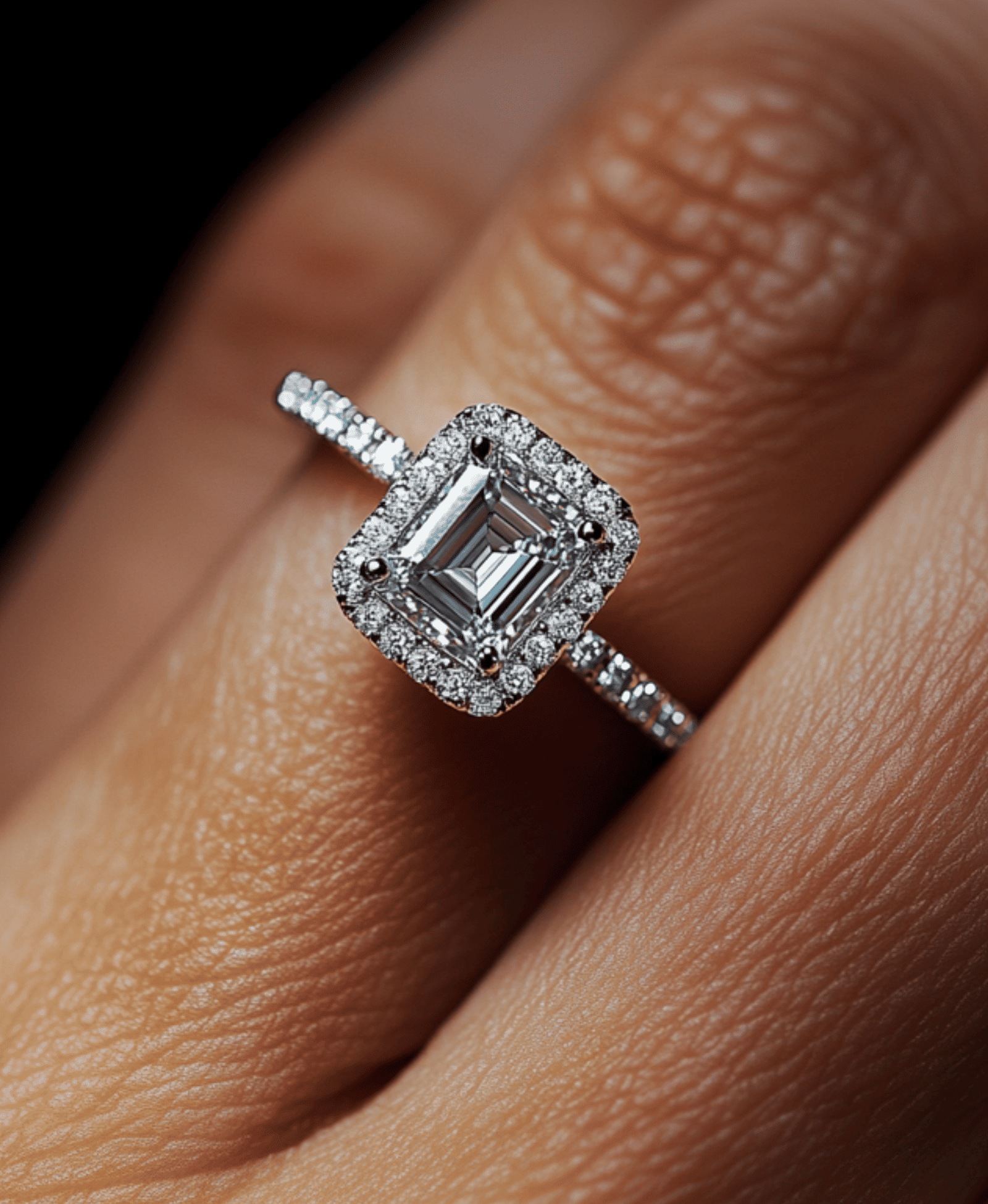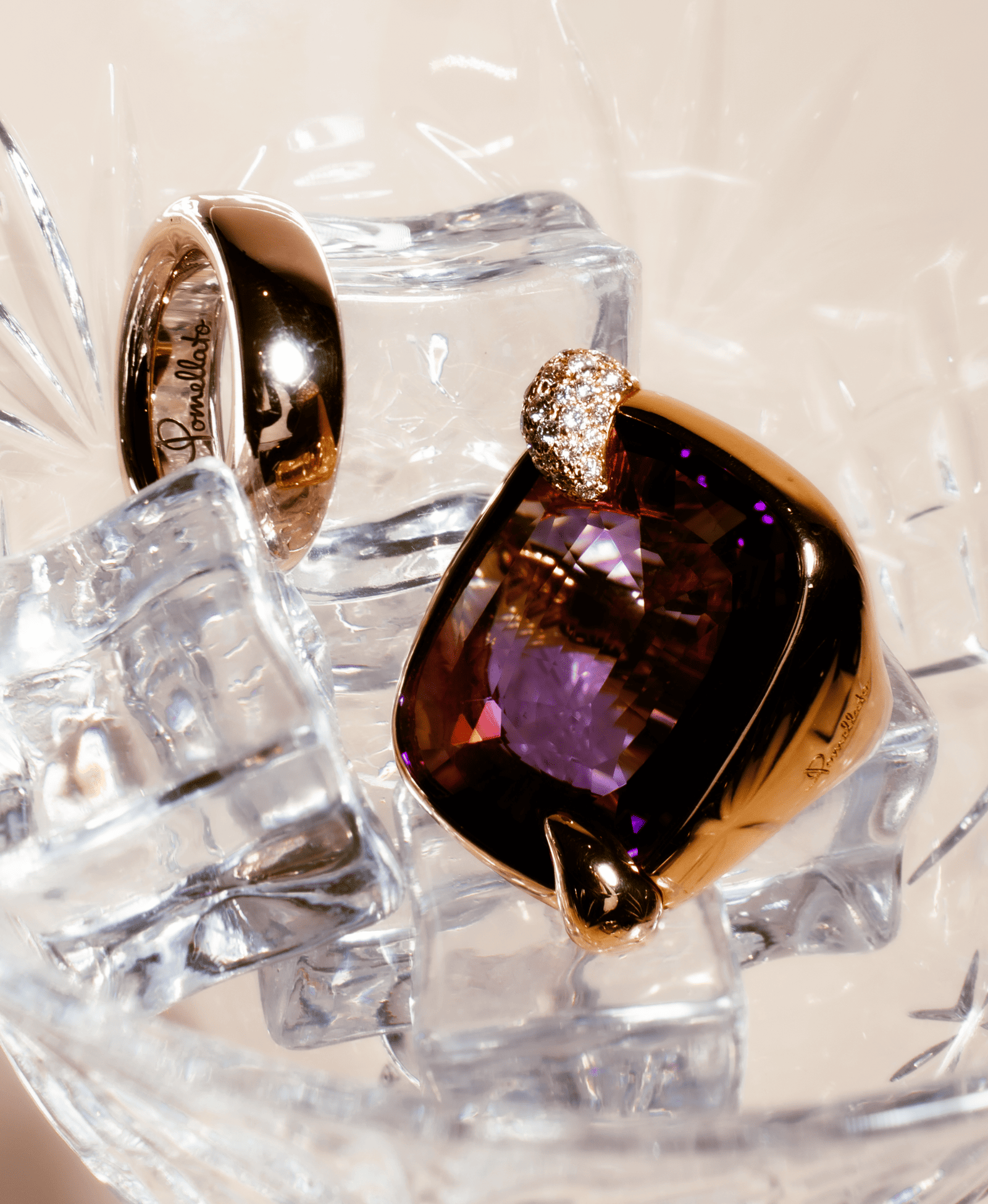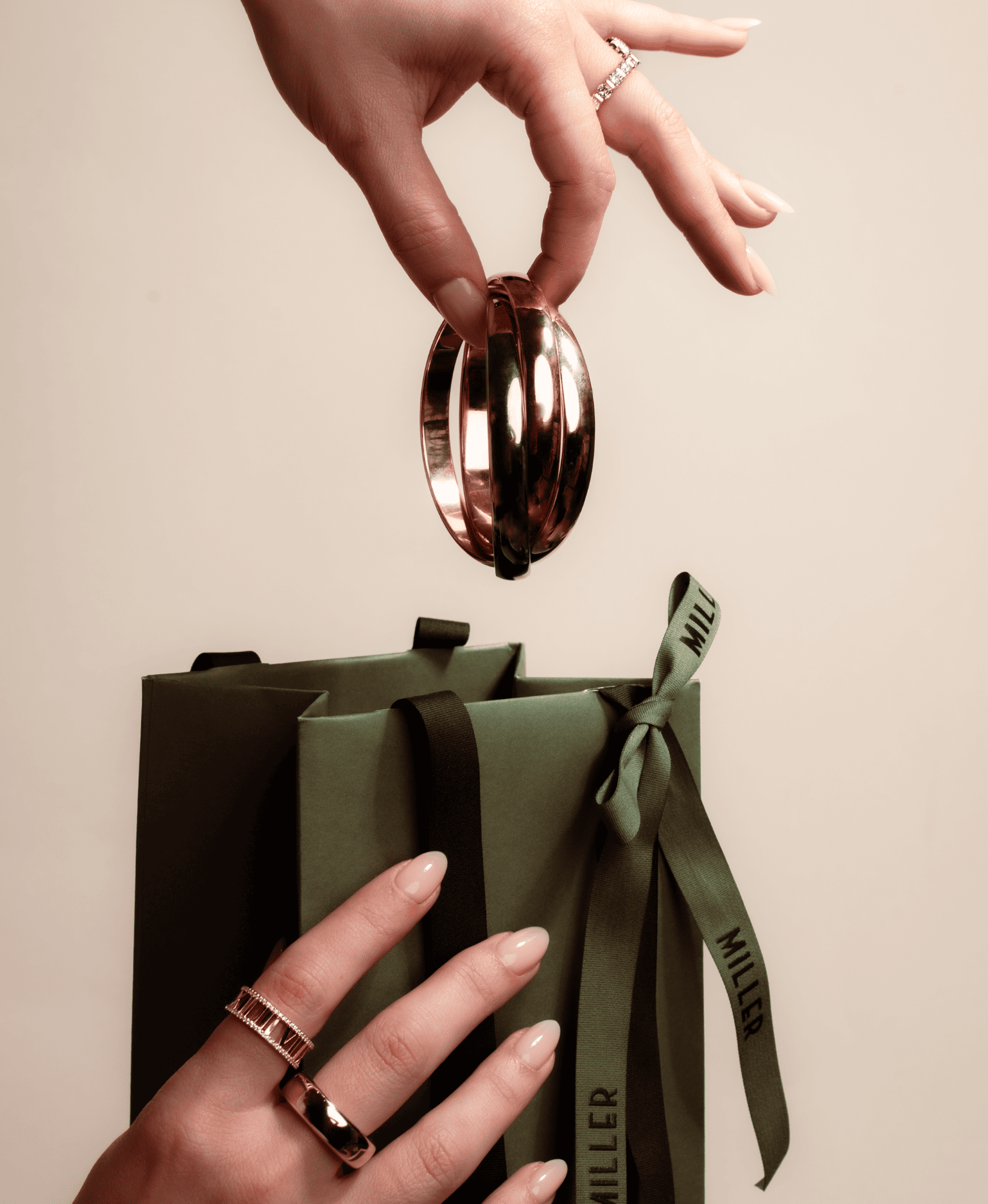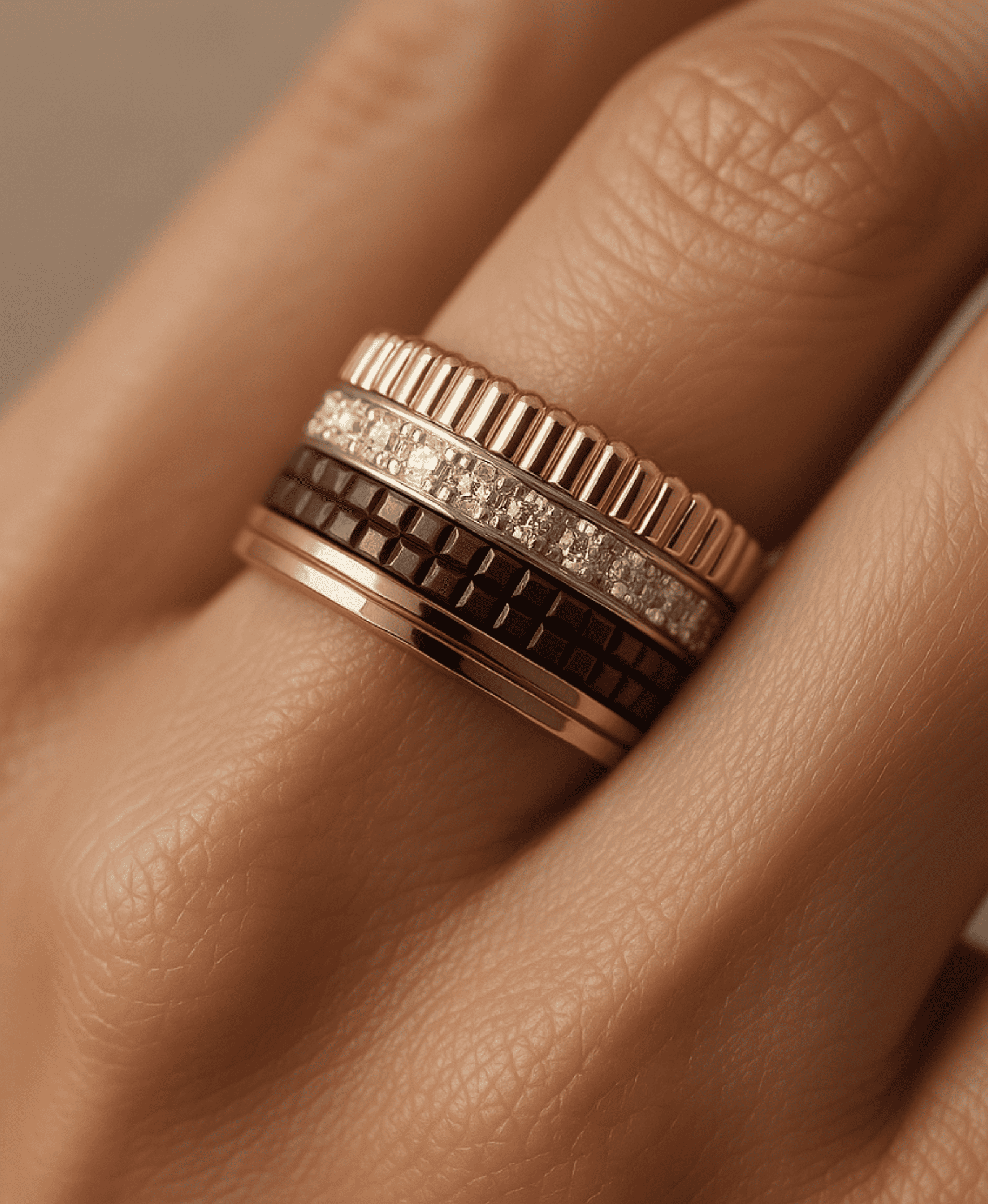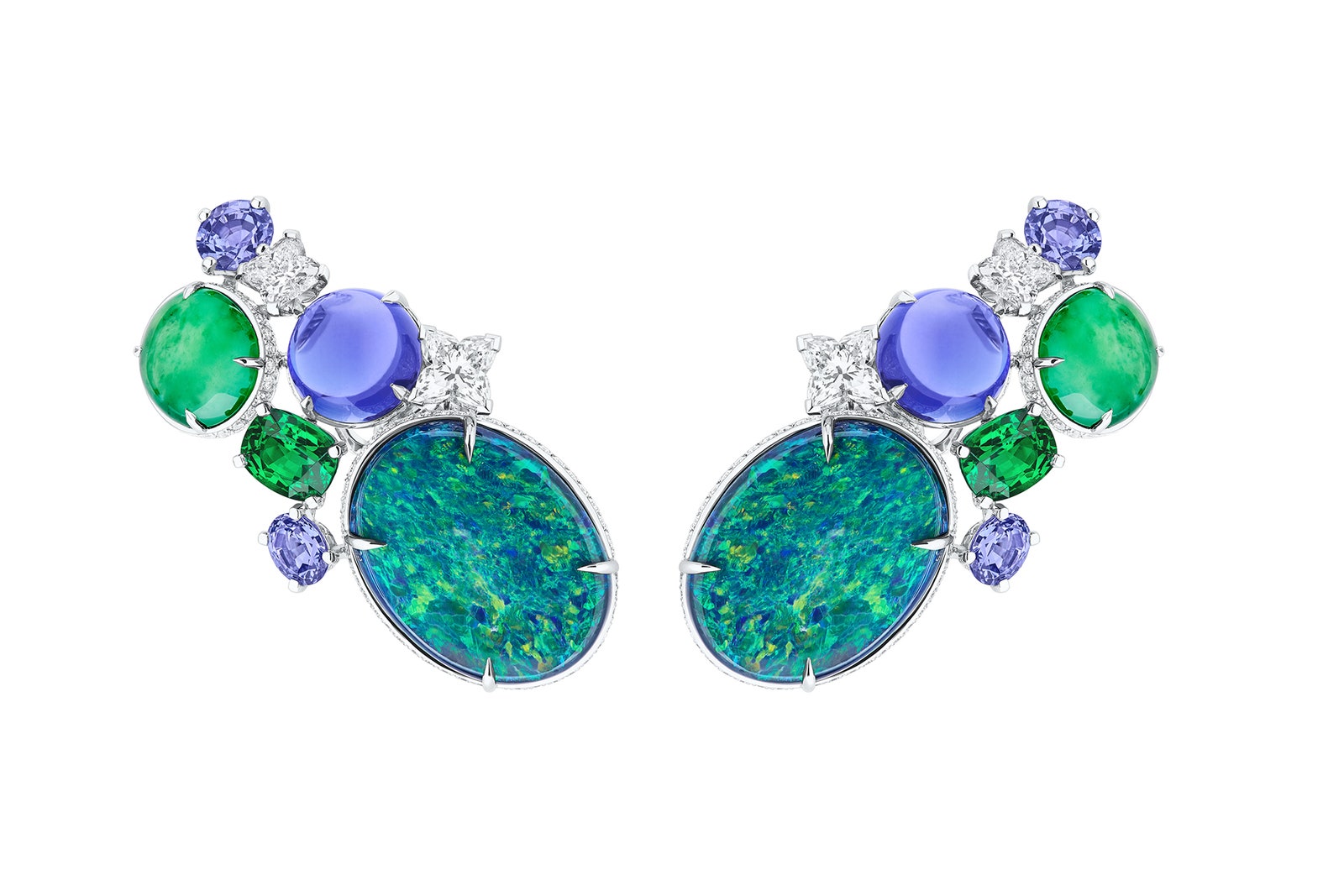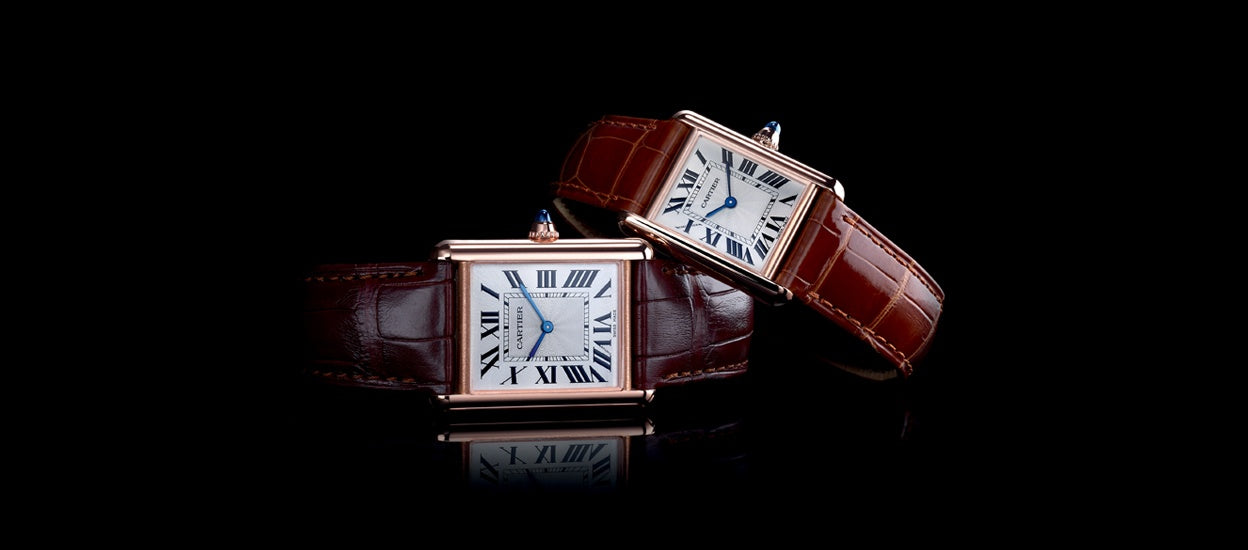
Inflation is also expected to affect jewelry in the coming months
For younger people, inflation is a phenomenon they have learned about mainly from history books. You have to be a certain age to remember a period of significant and sustained inflation, namely the 1970s and early 1980s. While there is always a debate between real inflation and official figures, for the past few months the rise in prices has been clearly visible even in official statistics. According to experts, this should soon affect the jewelry market, according to the New York Times .
Buy jewelry now so you don't pay more tomorrow
If you've got jewelry on your holiday gift list, " do your research and start early ," cautioned Stuart Robertson, vice president of Gemworld, a U.S. gemstone price guide.
Jewelers and jewelry experts around the world say inventory shortages and price increases are virtually guaranteed this fall , due to the unexpected demand that surprised the industry last year. The situation is further complicated by shipping delays and labor shortages. In short, the jewelry industry is facing the same problems as companies like Starbucks and BMW.
- The most expensive rings in the world
It's a far cry from the spring of 2020, when the pandemic brought the gem and jewelry supply chain to an unprecedented standstill. Mines stopped extracting precious metals, governments stopped exporting, cutters were out of work, wholesalers stopped selling, workshops stopped manufacturing, and jewelers stopped ordering. Yet consumers never stopped buying.

Unexpected resilience
Strong demand for luxury jewelry has helped much of the sector recover quickly this year, even in April and May, when the Delta variant fueled a surge in Covid-19 in India, a major hub of the global diamond trade.
Now, with demand showing no signs of slowing and supply concerns unlikely to ease, industry experts are advising buyers to budget extra time and money for their luxury jewelry purchases , especially when it comes to diamond jewelry.
“ Everyone has been surprised by the demand for the most expensive, largest pieces; it’s mind-boggling, ” said Sam Sandberg, chief executive of A. Jaffe, a New York-based engagement ring maker. “ One carat is history now; it starts at 2 carats. ”
In a video conference last month, De Beers chief executive Stephen Lussier said that in 30 years, he had “ never seen a quarter like the second of 2021. ” His comment was based on a MasterCard spending report that showed, for example, that jewelry sales in May increased by more than 200% year-on-year , driven in part by online jewelry sales.
“ Supply is tighter than usual. Demand, particularly in America, is extraordinary, ” Lussier said. “ There will be some pressure on prices, and in some categories, retailers will struggle more to find the diamonds they are looking for. ”

Jewelry inflation: precious stone supply concerns
Shruti Chhajer Ranka, the creative director of Shruti Sushma, a luxury jeweler based in Ahmedabad and Bangalore, India, is one of them. “ I’m working on a piece with one-carat oval diamonds of the same color and clarity, ” she wrote in an email last month. “ It took me six weeks to get half of what I need. Usually, it doesn’t take more than two weeks. ”
Jewelry set with colored stones can be even harder to find, and more expensive, as mines around the world have experienced production delays that are now impacting prices and supply. In March 2020, British mining company Gemfields suspended operations at its Kagem emerald mine in Zambia, known as the world's largest emerald mine. The same goes for its Montepuez ruby mine in Mozambique. Production didn't restart until March 2021, a year later.
And while this upsets would-be buyers, the disruptions have had significant social consequences in the affected countries. Dealers based in trading hubs such as Voi in southern Kenya have suffered both from a lack of quality gemstones and the disappearance of foreign buyers. “ I was in Voi three or four weeks ago, ” Kenyan gem cutter Marvin Wambua said during a Gemworld webinar in early August. “ We had one buying session, and it was mediocre because we saw almost nothing of interest. ”
The disruption spread to the entire gemstone market
“ Mining centers are running at a standstill. Cutting centers have their own problems; they are unable to produce finished products. Many large manufacturers cannot fulfill orders, ” said John Ferry, founder and CEO of Prosperity Earth, a demantoid garnet mining company based in Madagascar.
At Akron, Ohio-based Signet Jewelers, executives decided to start holiday shopping early this year. The company is the largest jewelry company in the United States and one of the largest in Britain, with approximately 2,800 jewelry stores in both countries, primarily under the banners Kay Jewelers, Zales, Jared, H. Samuel, Ernest Jones, Peoples, Piercing Pagoda, Rocksbox, and JamesAllen.com.
“ Some products that we would have historically offered a few weeks before Thanksgiving are now being offered earlier, ” said Jamie Singleton, president of Kay, Zales, and Peoples brands at Signet. What might seem like an early sale is actually just a precaution to avoid disappointing consumers.
“ This holiday season, I’m making more investment pieces than less expensive jewelry because I appreciate the time my team puts into it, and I don’t know exactly what’s going to happen, ” said Andy Lifschutz, the Andy Lif jewelry designer. “ We’re currently finishing a pendant with a 25-carat flawless Madagascar aquamarine. In the past, I would have made 10 $1,500 link bracelets instead of one piece, but this year, I’m focusing on one piece. ”

European logistics disrupt jewelry trade
It's true that the very compact volume of materials used by the jewelry sector means it hasn't faced the same logistical concerns as other industries. But for many designers, shipping has been a daily challenge. " The bottleneck is actually in Europe, " designer Ananya Malhotra said during a video call from Chennai, India.
“ The parts are leaving India, but the flights are canceled, so instead of going directly to London, they have to transit through Germany, ” Ms. Malhotra said. “ Or flights from London have to go through this absurd layover. We had to put someone on the ground just to manage the logistics. ”
Jewelry isn't the only product affected by blockages. " Getting items like boxes, bags, or point-of-sale displays, which are delivered by sea to reduce our carbon footprint, is more difficult due to the significant reduction in shipping lines ," Hélène Poulit-Duquesne, general manager of Parisian fine jewelry retailer Boucheron, wrote in an email.
- Pre-owned Fred women's watch
How can we sell what we don't have?
Finally, there are the labor shortages affecting businesses around the world. “ Like everyone else, we’re struggling to find staff, ” said Christopher Slowinski, founder and owner of Christopher Designs, a New York-based diamond engagement ring maker. “ I’m constantly posting job openings and getting no applications. ”
"Demand is good," added Mr. Slowinski. "But how can we sell what we don't have?"
Bulgari CEO Jean-Christophe Babin experienced a similar productivity problem. At its manufacturing facilities in Valenza, Italy, government-mandated social distancing mandates forced the company to stagger the work schedules of its artisan jewelers.
Bulgari could have sold much more jewelry in the first half of 2021, “ but production recovered more slowly than expected to return to 2019 levels, ” Babin said during a video call in early August.
“ I’m not just concerned about the end of the year, but also about 2022, ” he said. “ I believe the very strong demand we’re seeing for luxury watches and jewelry is not going to slow down. As in many post-traumatic times (wars, pandemics), people want to live life to the fullest, and that means treating themselves. ”

